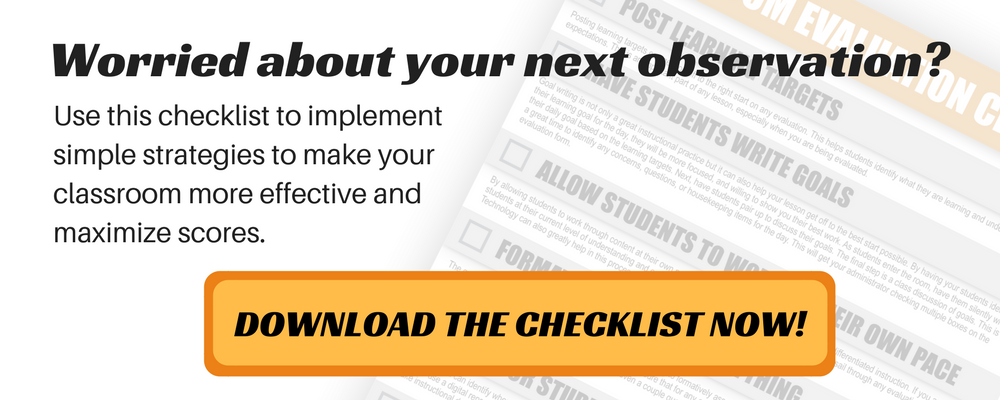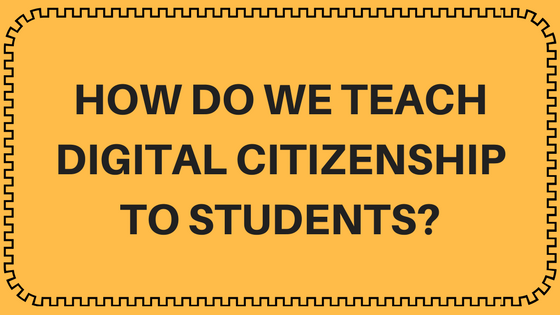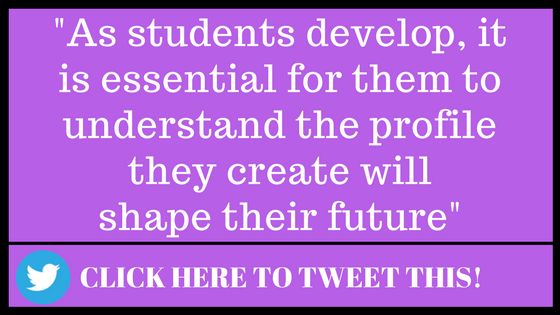Teaching students digital citizenship is not easy in a world driven by connections! What is digital citizenship? Who is effected? Where can you find resources? Why bother teaching it in the classroom? How can you make it easier? And when is it appropriate?
Let’s look at some quick tips to help you identify the who, what, when, where, and why around digital citizenship!
The WHAT: What is Digital Citizenship?
Digital citizenship is a student’s online role as a member of the internet community.
The WHO: Who are Digital Citizens?
Any student, young or old, utilizing social media, online forums, and/or virtual communication tools are valuable members of the digital community.
The WHERE: Where can you find these citizens?
Everywhere! Younger students exploring the use of technology, adolescents staying up late on Instagram, and parents posting celebratory photos of their loved ones can be found everywhere around the world.
The WHY: Why do we need to teach Digital Citizenship?
As students develop, it is essential for them to understand the profile they create will shape their future – both socially and professionally.
Teachers are the first to tell you; when new students arrive on the first day of school, they are children when they enter and adults when they leave! Whether you teach 3rd grade or high school, it is evident that your students mature throughout their time in your classroom.
As they continue on their path toward adulthood, it is essential for each student to understand their impact on the world. As Miep Gies said, “… even an ordinary secretary or a teenager can, within their own small ways, turn on a small light in a dark room.”
What light do you want your students to ignite in our world?
Forbes referenced a survey conducted asking 2,303 hiring managers and human resource professionals if, how, and why they incorporate social media into their hiring process. The survey concluded about two out of five companies utilize social media outlets to screen potential candidates. This means, the profile students begin to develop as early as elementary school may follow them professionally in their late twenties. How do you want them to be seen?
The HOW: How can Digital Citizenship be taught?
5 ways to teach Digital Citizenship :
(1) Know the Lingo & Talk the Talk : When addressing certain topics, it is always important to do your research! Have a strong understanding of what platforms your students are using, how they work, and the potential risks of each network. This allows a conversation between your students to be focused more on the student digital citizenship content and less on your misunderstandings.
However, you may not know it all, and that’s not a problem! Talk with your students about what you do know, and ask them to elaborate on ideas you may need to understand better. You may not have a social media account, but you understand how to be a positive representation of your best self! Discuss concepts like bullying, in addition to how a positive comment can make someones day. Provide your students personal examples of your own background. You are valuable to your students lives. Allow them to get to know you, so you can get to know them.
(2) Student Paced Learning : Allow students to understand concepts at their own pace. It’s possible to have students less familiar with their digital footprint then others, or even you. Therefore, scaffold the learning to reach all of your students throughout the process of discussing Digital Citizenship. Identify the “basics” and build a strong structure upward from there.
(3) Instill a Family Connection : Each classroom is a living organism. When you do well, we all do well! Discuss how a positive citizen creates a positive environment. Similarly, help your students understand how a poor digital citizen can harm a family framework. While a comment may seem mundane now, would you be proud of your actions in the future? Students must begin to understand long-term effects of their actions. While this is often very difficult for students, relating it back to a family relationship is often an easy starting point.
(4) Utilize Outside Tools : Instruct students on how to utilize specific tools to enhance their digital footprint. Provide students with tools and resources on what to do when you see a peer acting as a negative digital citizen. What are the right steps to take?
However, you don’t have to do it all on your own. Utilizing tech tools to support your instruction can be extremely powerful, as students explore digital citizenship and the impact it can have on their lives, their peers, and the world. Consider allowing students to chat virtually about their own experiences using Google Docs, or express personal thoughts through a Google Form. Each opportunity to learn is an opportunity for you to learn about your students as well.
(5) Permanence : Remind students how permanent social media is. Empathize with their struggle and discuss a time in your past where a peer left a permanent impression on you. Could you imagine if that image was for everyone to see?
The WHEN: When should Digital Citizenship be taught?
When a student is old enough to use a electronic device, a student is old enough to learn how to be a good digital citizen.




